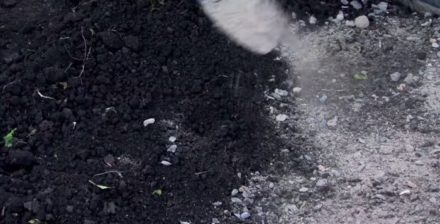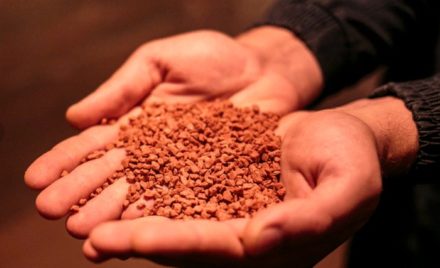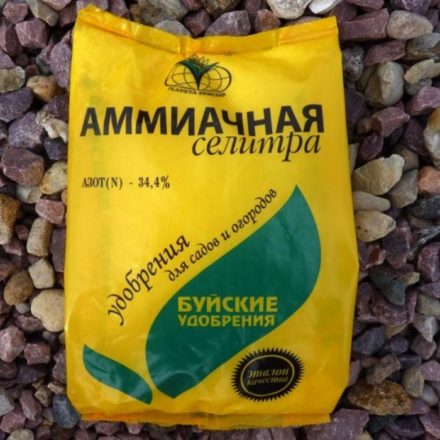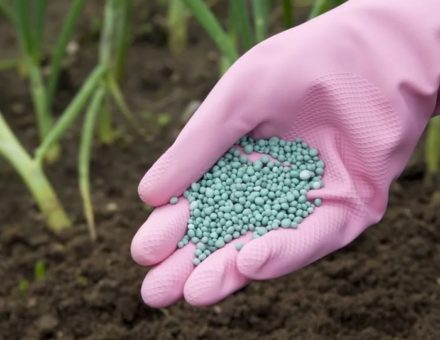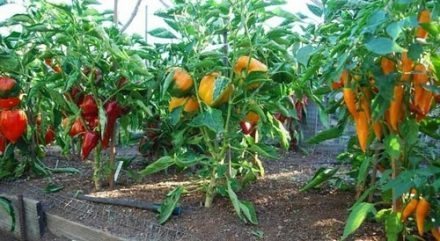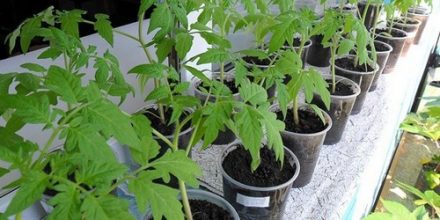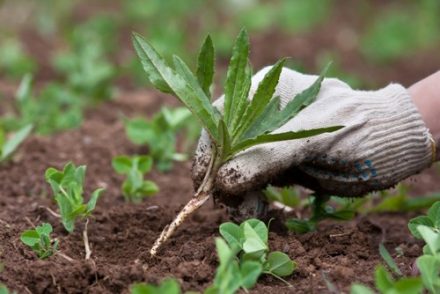Wood ash is one of the most popular, affordable and effective fertilizers for many garden crops. However, it is useful for every summer resident to know which plants it may not help, but harm.
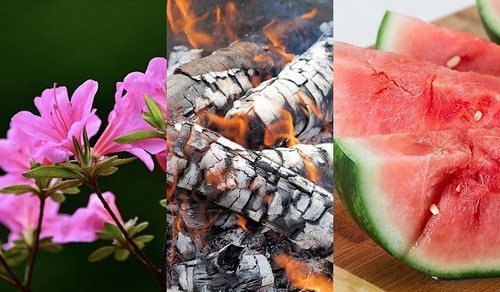
Hydrangea
This flower “loves” acidic soil - it is not only planted on it, but also periodically fed with special acidifying solutions during the summer season. The use of ash in a flower garden with hydrangea before the formation of buds leads to pale and short flowering, and after the start of flowering - to a weakening of this perennial as a whole, resulting theoretically hydrangea may not survive the winter.

Watermelon
Unlike its hardy wild ancestor, the cultivated watermelon is very capricious. Soil acidity should be within 6...7.5 pH. If you add ash, the soil will become more alkaline, and the watermelon will begin to lack manganese, copper, iron, boron, phosphorus and zinc. The following consequences are a disruption in the supply of developing fruits with moisture and their inability to simultaneously be saturated with calcium and sodium. As a result, watermelons rot and crack. Ash could help defeat melon aphids, but since it is impossible to use, experienced melon growers usually advise using an infusion of hot pepper or garlic.
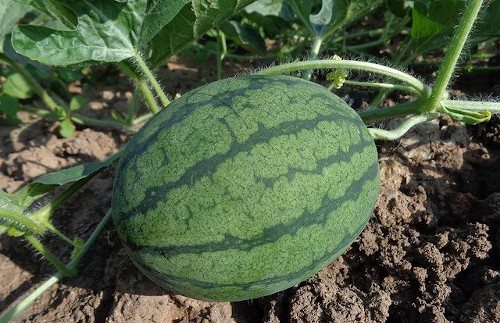
Radish
The optimal pH level for it is considered to be in the range of 6...7.5.If the soil is overly acidic, radishes accumulate heavy metals and, losing some of their water, grow pale. But you can’t plant it in alkaline soil either - the root crops will form small and the vegetable will turn yellow. Therefore, if necessary, ash is applied not during the radish season, but a year earlier, under the predecessor crop.

Bloodroot
A distant relative of the rose, shrubby cinquefoil, absolutely cannot tolerate any means that reduce the acidity of the soil, including ash. In addition to changing the pH level, this additive also weakens the root system of bloodroot. And it reduces the level of adaptability of the plant, which is really dangerous given how often cinquefoil is used to decorate alpine slides with their difficult growing conditions and exposure to gusts of wind.
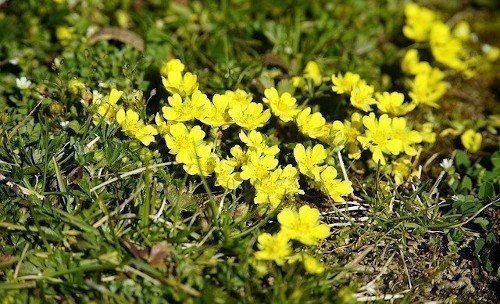
Strawberries
One of the most demanding crops and the “queen” of all berries—garden strawberries—needs moderately acidic soil and reacts violently and negatively to its alkalization. Moreover, if an imprudent summer resident brings in ash even once, then it will be difficult to correct the situation. Due to the ash, strawberries are formed in smaller quantities, lose their aroma, and you shouldn’t hope for their reproduction with a mustache after this.
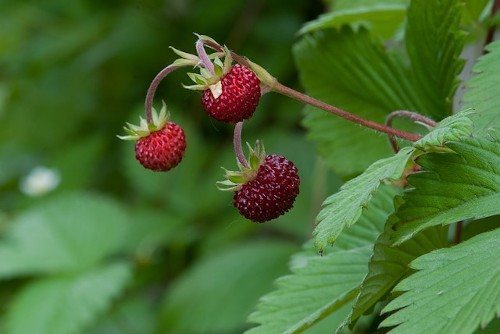
Rhododendron
It is believed that he is unpretentious and can endure anything. But such a simple remedy as ash can easily destroy a bush. More precisely, when adding ash rhododendron is at high risk of developing chlorosis. This disease is characterized by the fact that it interferes with the processes of photosynthesis. And it is important to emphasize that rhododendron, in principle, does not like mineral fertilizers, especially potassium fertilizers, which stop applying in July.
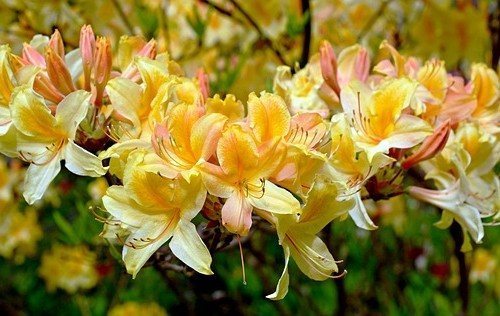
Potato
Unfortunately, ash is often presented as a universal super remedy - it replaces store-bought potassium fertilizers, increases productivity, and contributes to an increased content of starch in tubers. But all this is true only for potatoes grown in acidic soils. Whereas when adding ash to potatoes on neutral soils, the pH may shift above 5.5, as a result of which the risk of developing a disease dangerous for potatoes such as scab increases.
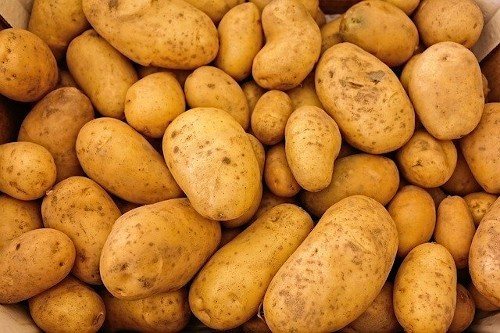
Calendula
This plant needs increased soil acidity not only for spectacular flowering throughout the summer and into autumn. The fact is that in an alkaline environment, calendula is not able to extract from the earth elements that are crucial for the formation of its beneficial, healing properties, as well as to properly “process” them. Therefore, for the purposes of traditional medicine, it makes no sense to use calendula after regular addition of ash.
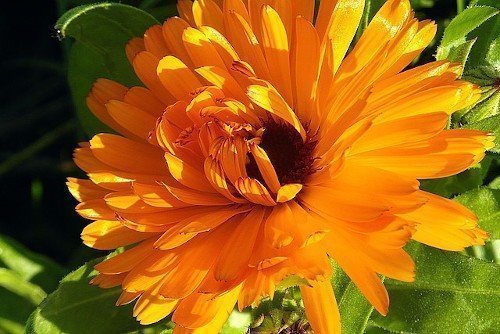
Rhubarb
This crop needs the best soil characteristics not only for the sake of high yield and excellent taste, but also to preserve its benefits. Beds with rhubarb should be arranged on moisture-intensive, neutral or slightly acidic soils, saturated with organic matter. The introduction of ash results in its inability to form seeds and coarsening of the foliage. But what’s even worse is that due to an imbalance in the supply of moisture in greens, the content of oxalic acid, which is harmful to the human body, greatly increases.
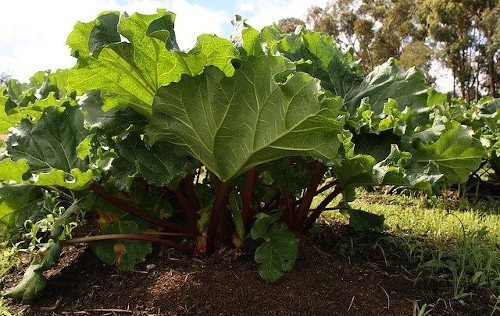
Without neglecting the amazingly beneficial properties of ash for a summer cottage, it is necessary to use it, like any other fertilizer, only after weighing all the pros and cons of the consequences for a specific crop growing in certain conditions.


